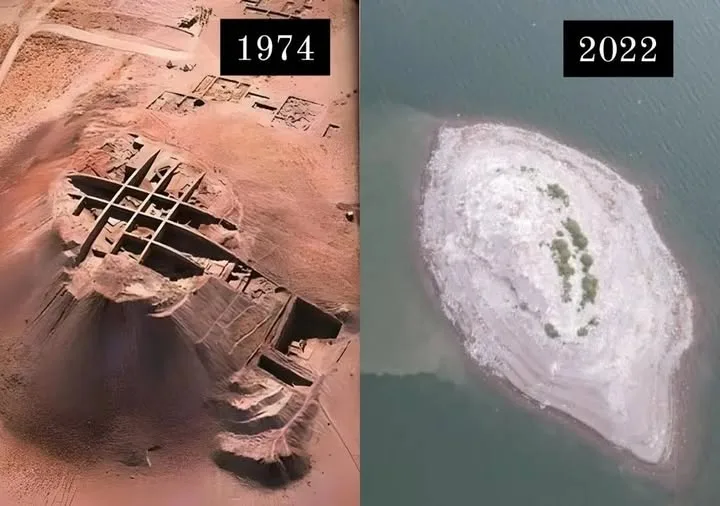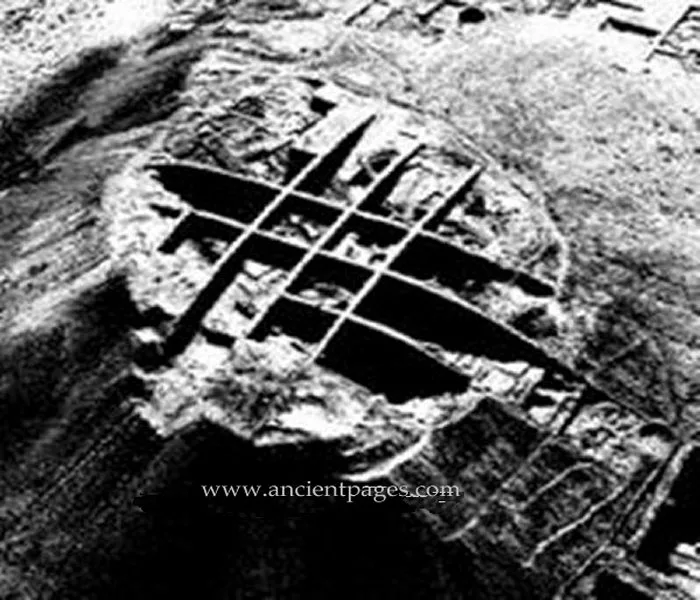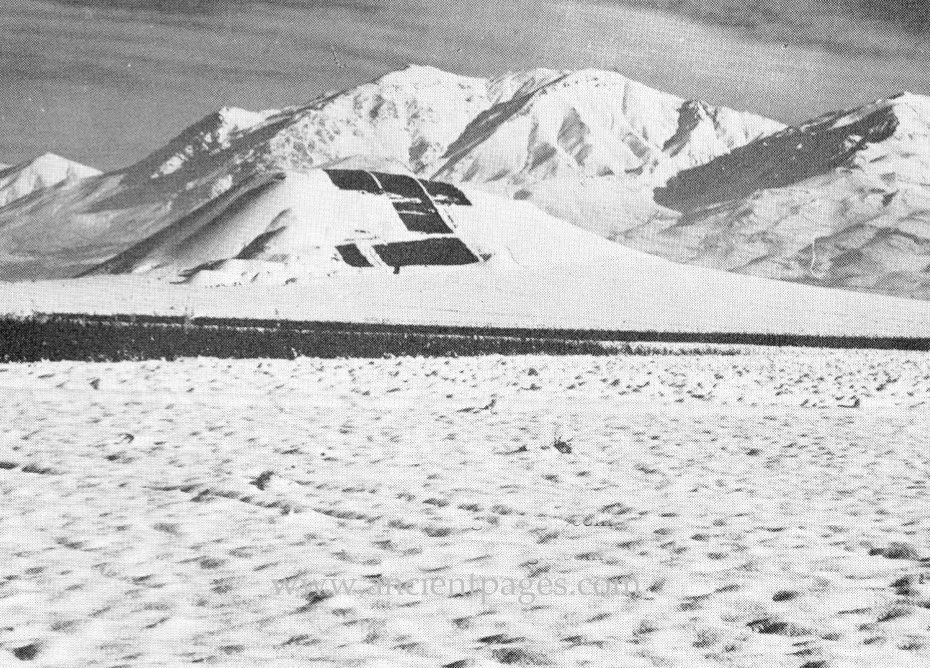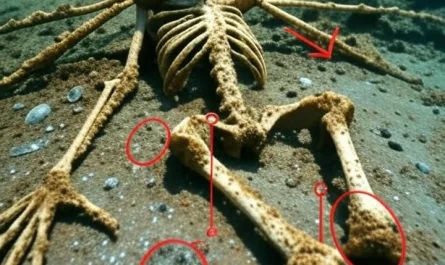Imagine a towering ancient mound, rising dramatically from the plains, whispering tales of millennia of human life. Now, imagine that same mound, brimming with history, disappearing forever beneath the tranquil surface of a vast lake. This is the poignant story of Norşuntepe Mound, a significant archaeological site in eastern Turkey, now resting silently beneath the waters of the Keban Dam Lake.

A Beacon of Ancient Life
Before the waters rose in 1975, following the completion of the Keban Dam, Norşuntepe was an undeniable landmark. Located just 25 kilometers southeast of Elazığ city center, and a mere 3 kilometers south of the village of Alişam, this mound stood approximately 35 meters high – a veritable hill formed entirely by the accumulated debris of countless generations.

Measuring roughly 500 by 300 meters at its base, Norşuntepe’s sheer scale was a clear indicator of its long and continuous habitation. Every meter of its height represented centuries of human settlement, with new homes, workshops, and communal spaces built atop the remnants of the old. It was a place where people lived, loved, toiled, and thrived for an incredibly long span of time.
From Chalcolithic Origins to Medieval Echoes
The archaeological record at Norşuntepe stretched back an astonishing distance, revealing a continuous story from the Chalcolithic Age (or Copper Age), which began roughly 7,000 years ago, all the way through to the Middle Ages. Imagine the sheer diversity of cultures, languages, and daily lives that unfolded on this very spot over such an immense period!

Throughout these many epochs, one constant remained in the construction methods: buildings were consistently fashioned using adobe bricks placed upon sturdy stone foundations. This continuity in building techniques offers fascinating insights into the enduring practical wisdom of the region’s inhabitants across vast stretches of history.
The Race Against Time: Rescue and Revelation
The impending submersion of Norşuntepe was a heartbreaking reality for archaeologists. Faced with the inevitable, an urgent and vital program of rescue excavations was launched. These dedicated efforts were a race against time, meticulously uncovering as much as possible before the waters claimed the site forever.
And what treasures they found! The excavations yielded a significant number of artifacts, providing invaluable pieces to the puzzle of Anatolia’s past. Among the most exciting discoveries was a rich collection of pottery from the period of the Hittite Empire. This was particularly crucial, as it shed new light on the extent of Hittite influence and settlement in this eastern region, deepening our understanding of one of antiquity’s most powerful empires.
A Submerged Legacy
Today, Norşuntepe lies hidden from view, a silent testament to a vibrant past now preserved only through the painstaking work of archaeologists. While the Keban Dam serves important modern purposes, the loss of sites like Norşuntepe serves as a powerful reminder of the delicate balance between progress and the preservation of our shared cultural heritage.
The artifacts recovered from Norşuntepe Mound continue to speak for the communities that once thrived on its slopes, offering a window into the daily lives, beliefs, and artistic expressions of people who lived thousands of years ago. It remains a poignant reminder that even when a site is lost to sight, its story can continue to illuminate the rich tapestry of human history.





